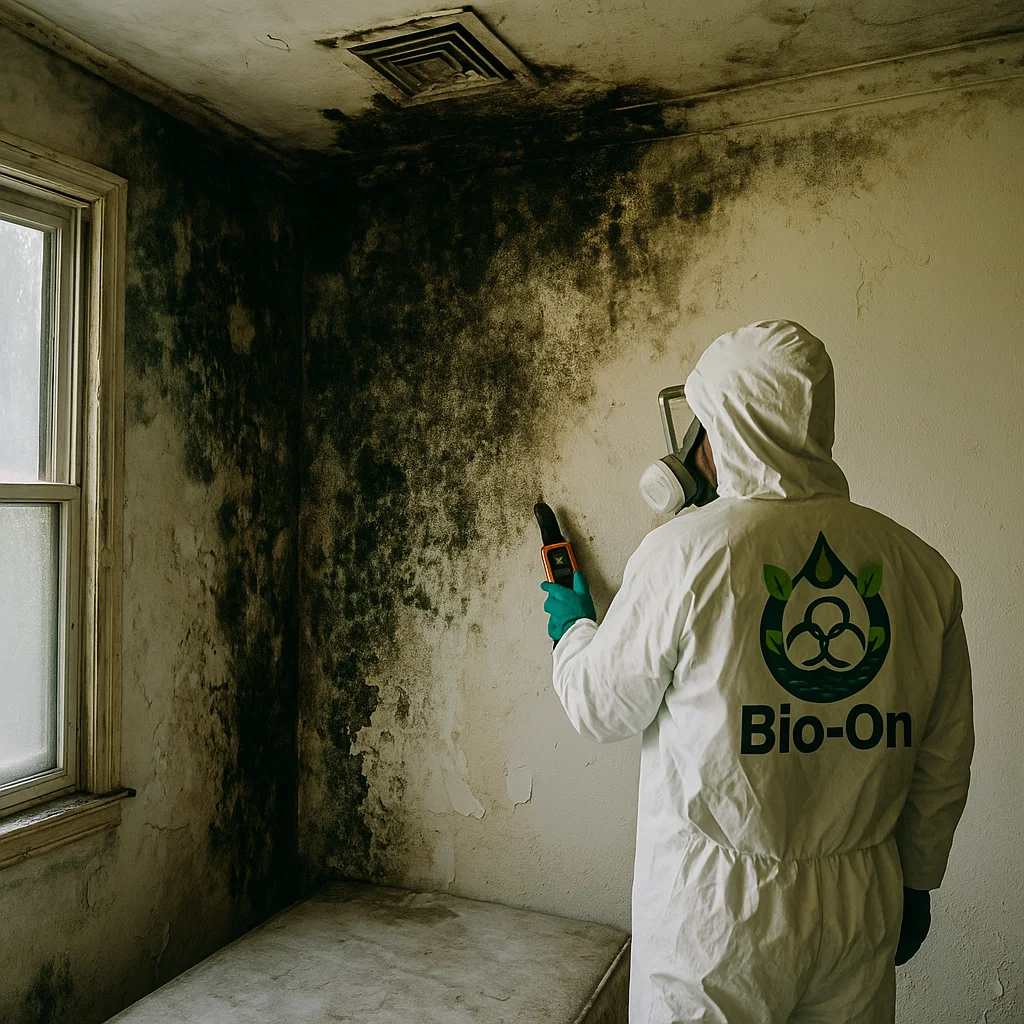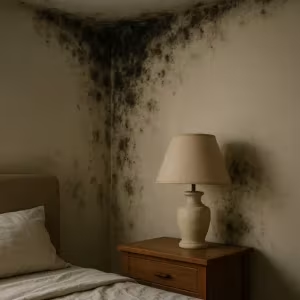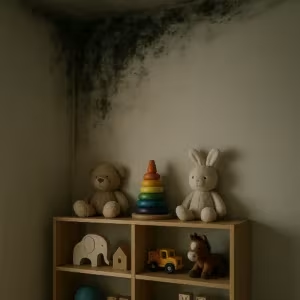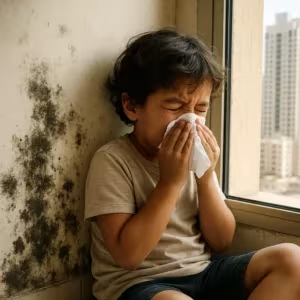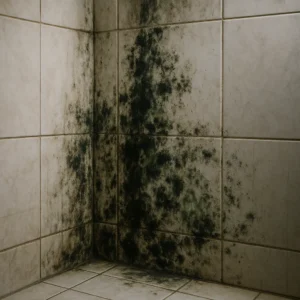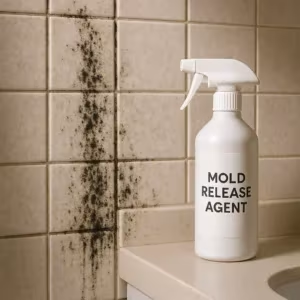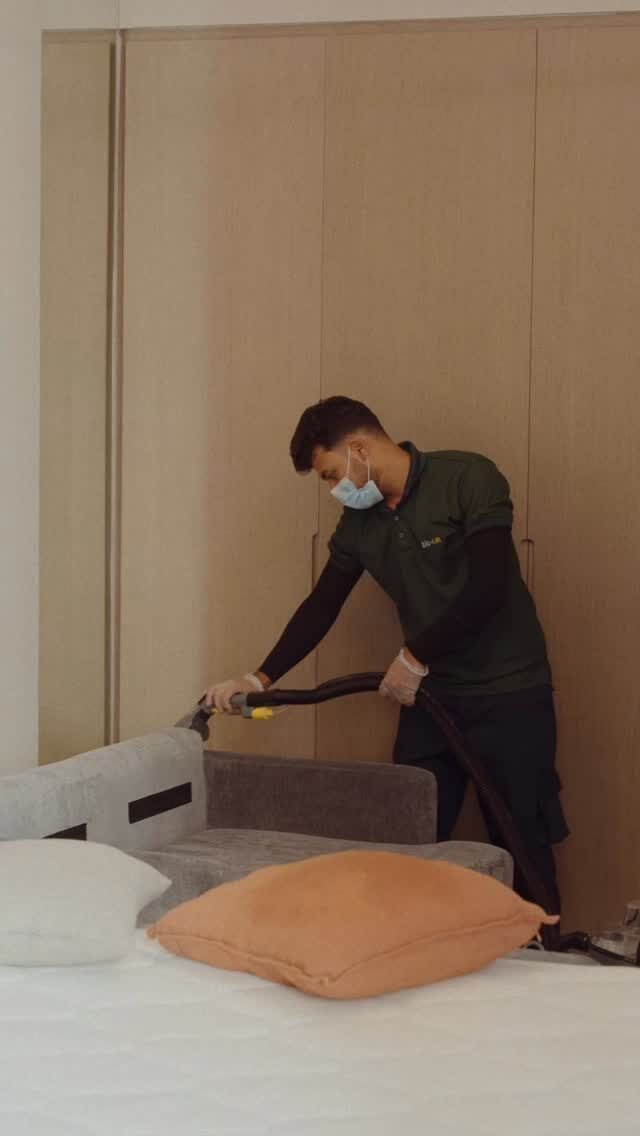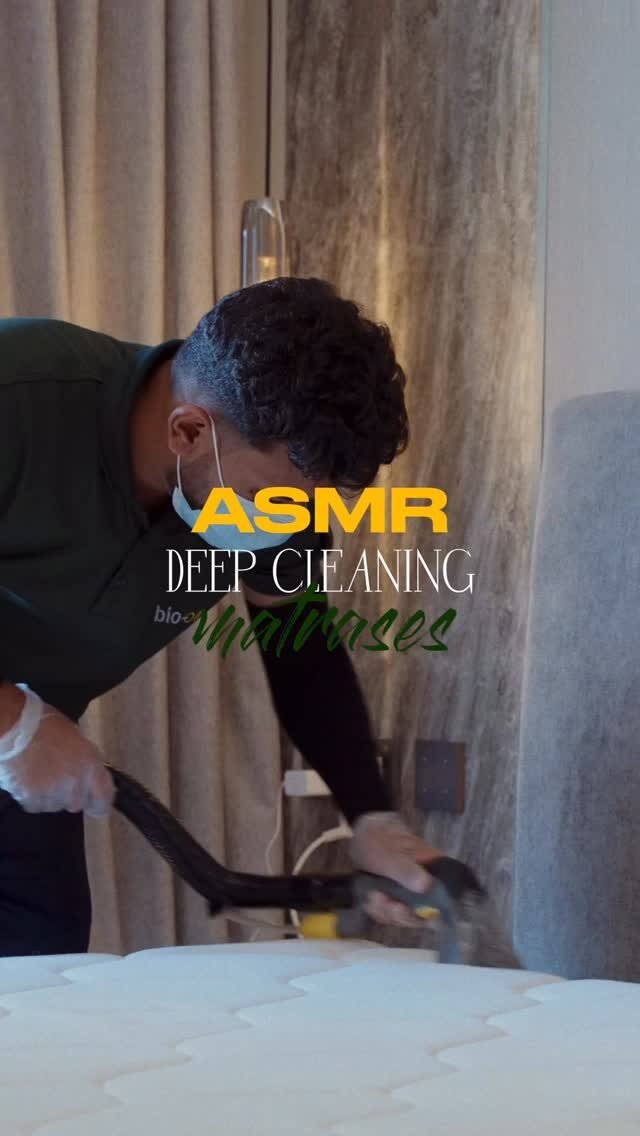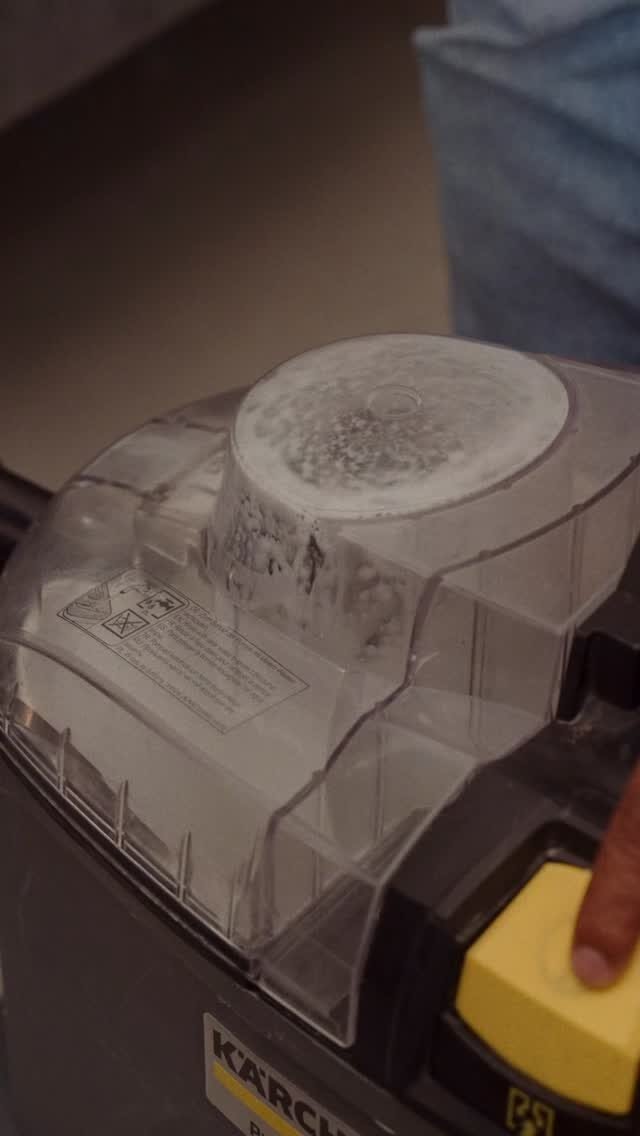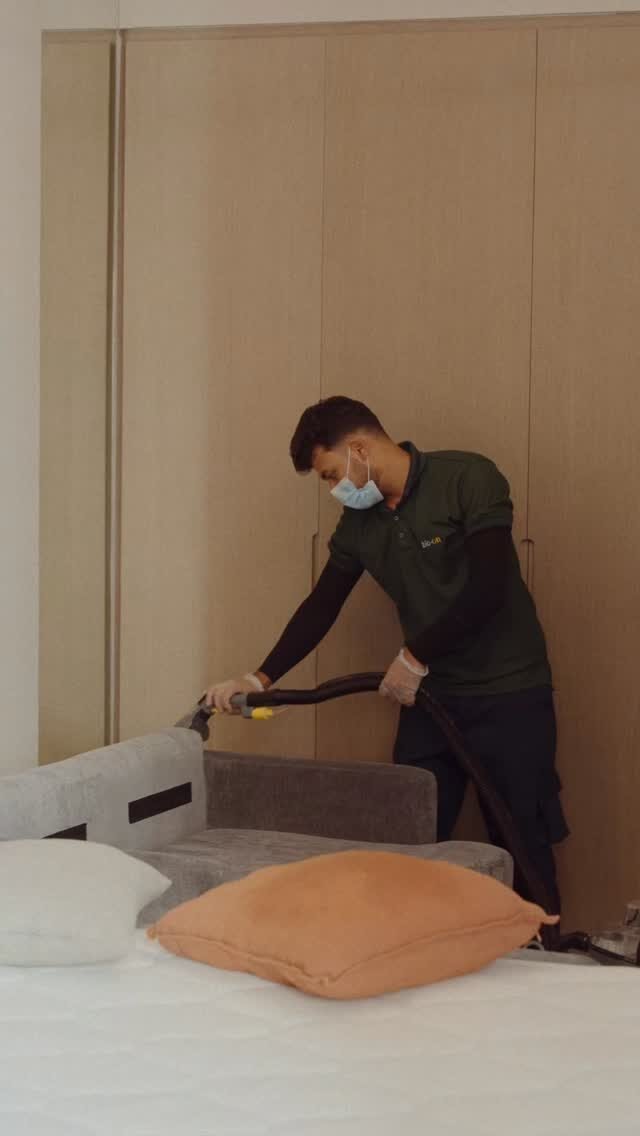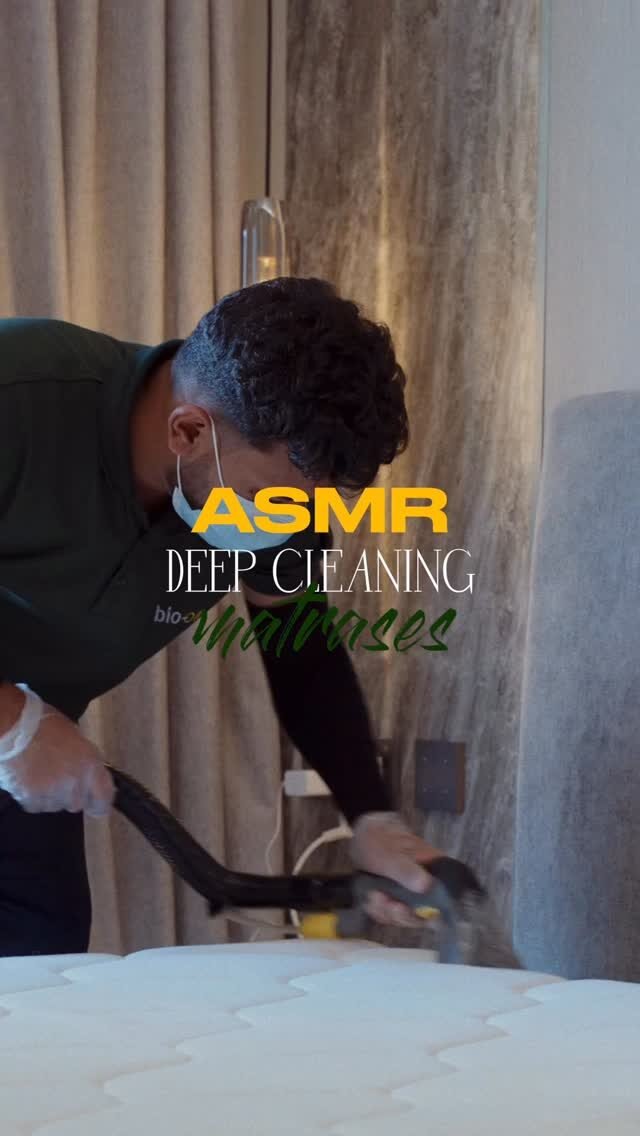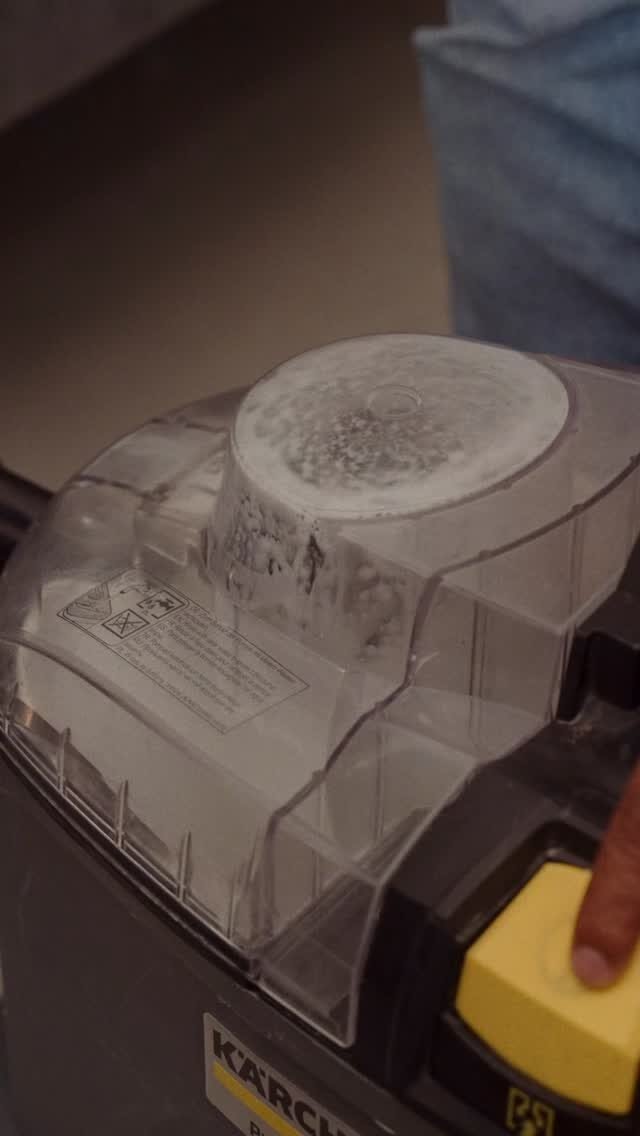Seeing fungus on your wall isn’t just ugly—it can also signal deeper problems in your home, especially in the UAE’s humid and air-conditioned environments. Whether it’s a small patch behind a cupboard or full-blown mold spreading across the ceiling, wall fungus is a warning sign you should never ignore.
We’ve worked with countless homes across Dubai, Abu Dhabi, and other Emirates, and we know how common and frustrating this issue can be. In this guide, you will learn why fungus forms on walls, how to identify it correctly, what it means for your health, and the most effective ways to remove and prevent it in the UAE climate.
Table of Contents
Toggle1. What Causes Fungus to Grow on Walls in the UAE?
Fungal growth on walls is typically the result of excessive moisture. In the UAE, moisture can build up in places you don’t expect—behind furniture, near AC ducts, or inside poorly ventilated bathrooms. Here’s why:
- Humidity: Even though the UAE has dry outdoor air, homes with closed windows and heavy AC usage often develop pockets of trapped humidity.
- Water leaks: Hidden plumbing leaks inside walls, ceiling leaks from above units, or faulty AC drainage can all cause damp spots that feed fungal growth.
- Poor ventilation: Bathrooms without exhaust fans, kitchens without hoods, or storage rooms without airflow provide a perfect environment for mold and fungus.
- Cold surfaces: When cool air from AC hits warm surfaces, condensation forms—especially on exterior walls. That dampness creates breeding ground for fungus.
Understanding these root causes is the first step to fighting back. Surface cleaning alone won’t solve the problem if moisture keeps coming back.
2. How to Identify Fungus vs. Mold vs. Mildew
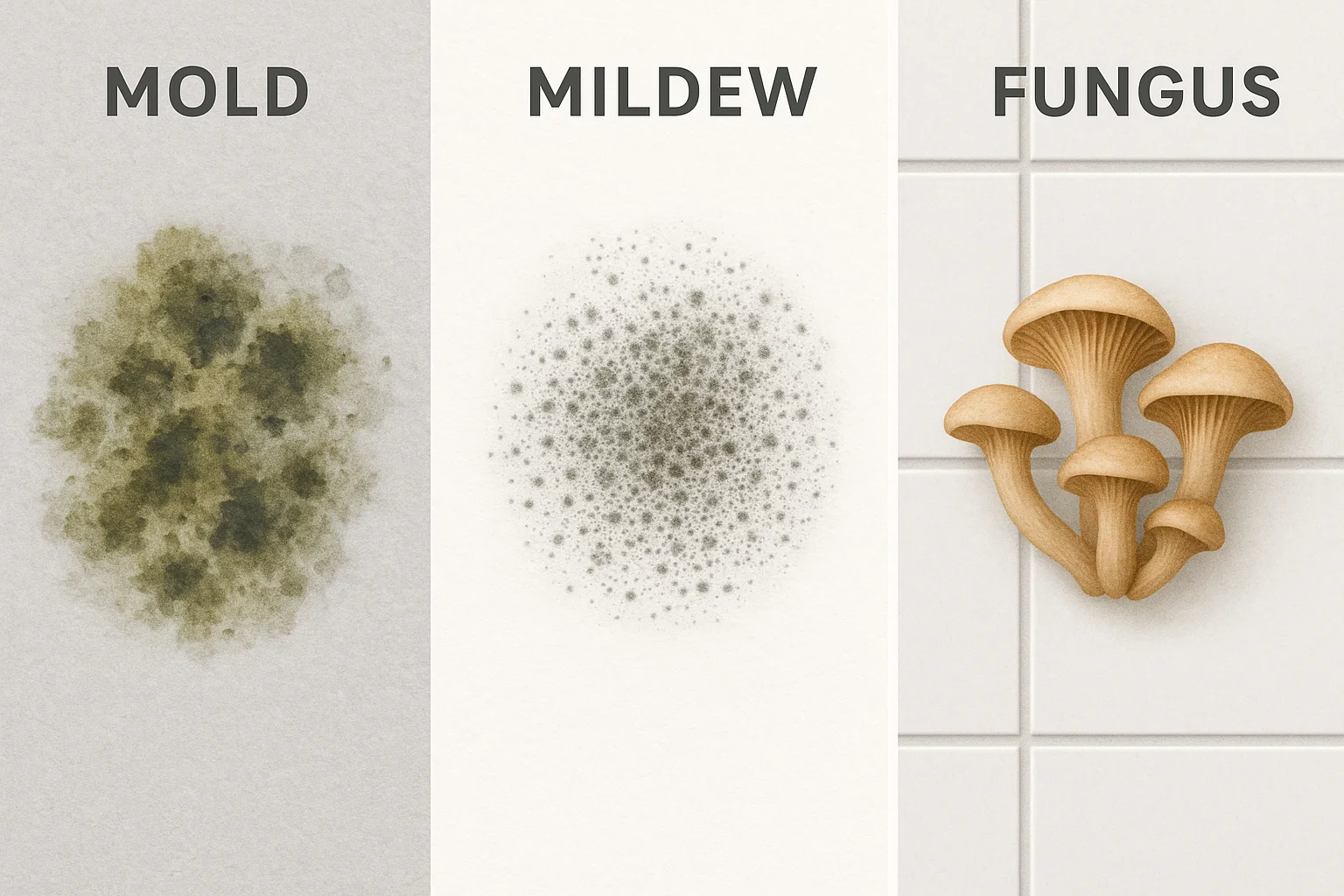
The terms “fungus,” “mold,” and “mildew” are often used interchangeably—but they’re not exactly the same. All mold and mildew are fungi, but not all fungi are mold.
Here’s how to recognize the problem on your walls:
- Fungus: A general term for a variety of growths. Can appear white, yellow, green, or black. May be fuzzy or powdery.
- Mold: Usually green, black, or dark brown. Spreads in irregular patterns. Smells musty. Often found in damp, hidden places.
- Mildew: A lighter, surface-level fungus that appears as gray or white patches. Easier to clean than mold but still needs treatment.
If you notice any of these on your wall, especially accompanied by a musty odor, don’t wait. It may spread quickly and affect your health.
3. Is Wall Fungus Harmful to Health?
Yes. Wall fungus isn’t just a cosmetic issue—it can be dangerous, especially for children, the elderly, or anyone with respiratory problems.
Here are some common health risks:
- Allergic Reactions: Sneezing, coughing, itchy eyes, skin rashes, or congestion—especially worse when indoors.
- Respiratory Issues: Asthma can worsen, and long-term exposure may lead to chronic sinus or lung infections.
- Toxic Mold Exposure: Certain types of black mold (like Stachybotrys) produce mycotoxins that can cause fatigue, headaches, confusion, and even neurological issues.
If you or your family members are showing unexplained symptoms that improve when away from home, fungus on the wall could be the culprit. You should consider an air quality test or a full inspection.
4. How to Remove Fungus on the Wall Safely
If you see fungus, your instinct might be to grab bleach or paint over it—but this can actually make things worse. Here’s the right approach:
- Wear Protection: Use gloves, a mask (preferably N95), and goggles. Spores can become airborne during cleaning.
- Contain the Area: Close doors and windows to prevent spores from spreading. If possible, isolate the room.
- Dry the Area: Use a dehumidifier or open windows to dry the affected wall. Fungus thrives on moisture.
- Clean Properly: Mix water with white vinegar or use commercial anti-fungal sprays. Scrub thoroughly, especially edges and corners.
- Don’t Just Paint: Painting over fungal growth traps it inside and allows it to keep spreading under the surface.
- Call a Pro for Large Growth: If the patch is bigger than 1 square meter, or returns quickly after cleaning, you likely have a deeper issue and should contact a mold remediation expert.
At Bio-On, we also offer free inspections for fungus problems over 10 sq.m. Just click the contact button on the right-middle of this post and our team will assist you quickly.
5. Preventing Fungus from Returning
Once you’ve removed the fungus, the next step is making sure it doesn’t return. Prevention is all about controlling moisture and keeping your space ventilated. Here are our top tips for UAE homes:
- Use Exhaust Fans: Especially in bathrooms, laundry rooms, and kitchens. Run them after use to dry out steam.
- Install a Dehumidifier: In storage rooms, basements, or other poorly ventilated areas. Aim to keep humidity below 60%.
- Check for Leaks: Regularly inspect under sinks, around AC units, and ceilings for hidden leaks or water stains.
- Allow Airflow: Don’t place furniture directly against the wall. Leave space for air to circulate.
- Use Mold-Resistant Paint: After cleaning and drying the area, repaint with anti-fungal or mold-killing paint for added protection.
In the UAE’s climate, where heat meets cold AC, condensation is common. Mold-proofing your home is not a one-time job—it’s part of smart home maintenance.
Conclusion
Wall fungus is more than just a stain—it’s a health hazard and a symptom of deeper moisture issues in your home. Whether you live in a villa in Abu Dhabi or a high-rise flat in Dubai, it’s a problem that must be handled seriously and promptly.
We recommend dealing with the root cause first, then using the right cleaning methods and prevention strategies. For larger cases or if you’re not sure where the moisture is coming from, you can always reach out to Bio-On. Click the contact button on the right-middle of this post to request an inspection or just ask us questions. We’re here to help, 24/7 across the Emirates.







